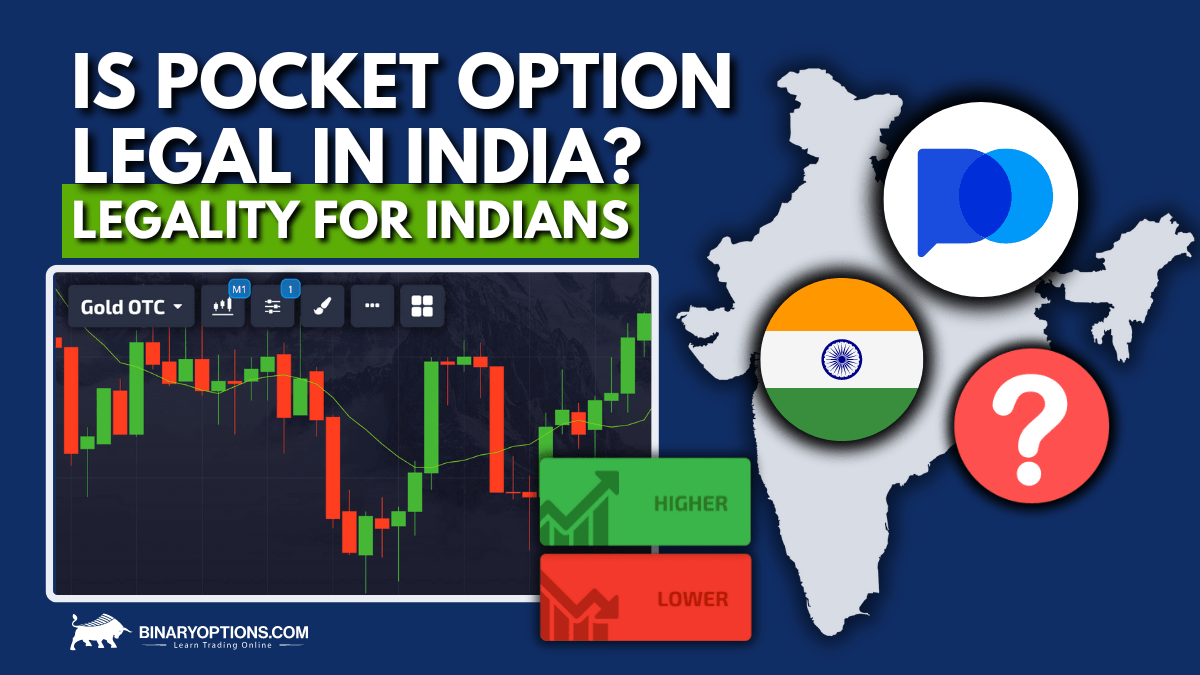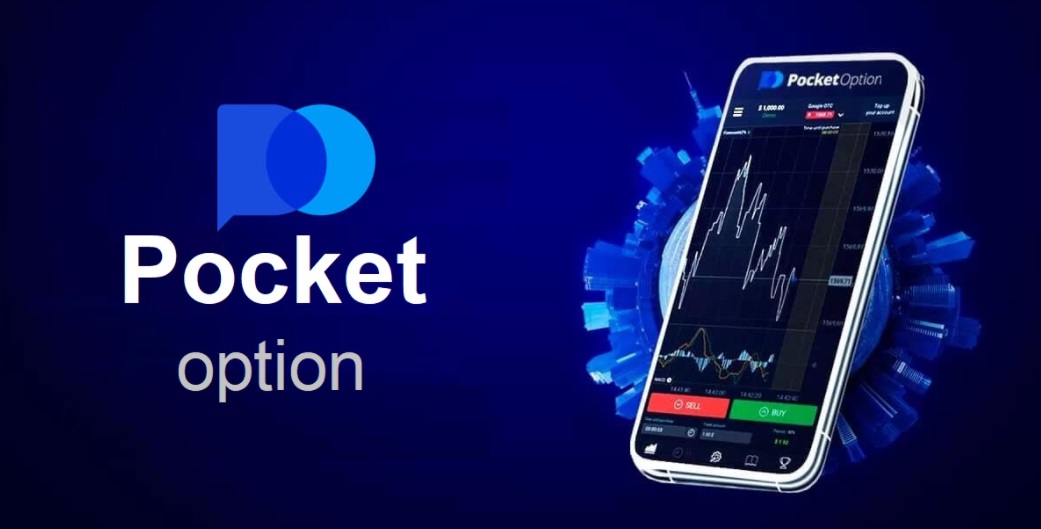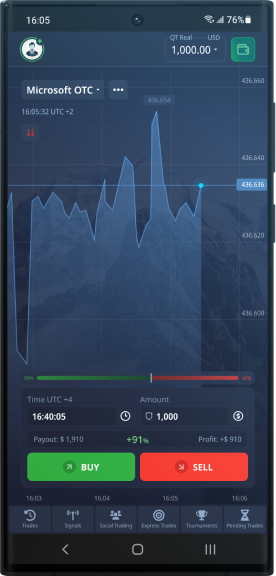
When engaging in online trading, understanding the associated costs is crucial for making informed decisions. Pocket Option Fees Pocket Option Fees play a significant role in determining the overall profitability of your trades, and this article aims to provide a comprehensive overview of these fees, including trading costs, withdrawal charges, and any other relevant expenses. By the end of this article, you will have a clearer understanding of what to expect and how to optimize your trading experience on this platform.
Understanding Pocket Option Fees
Pocket Option is a popular platform for binary options trading, offering a user-friendly interface and a wide range of trading assets. However, like any trading platform, it comes with its own set of fees that traders should consider. These fees can vary based on several factors including the type of account you have, your trading activity, and the methods you choose for deposits and withdrawals.
Types of Fees Associated with Pocket Option
1. Trading Fees
One of the primary costs involved in trading on Pocket Option is the trading fee. Unlike traditional brokerage firms, Pocket Option does not charge a commission on trades; instead, traders pay the spread, which is the difference between the buying and selling price of an asset. This spread can fluctuate based on market conditions and can impact the overall profitability of your trades.
2. Withdrawal Fees
When it comes to withdrawing funds from your Pocket Option account, there may be specific fees involved. It’s essential to review the withdrawal policies closely, as different payment methods may incur different fees. For example, e-wallets typically have lower withdrawal fees compared to bank transfers. Ensure you’re familiar with these charges to maintain a sustainable trading strategy.
3. Deposit Fees

Depositing funds into your Pocket Option account is generally straightforward, but some methods may incur fees. Credit cards and e-wallets may come with processing fees, while bank transfers can sometimes involve additional charges. Understanding these deposit fees will help you choose the most economical method to fund your trading endeavors.
4. Inactivity Fees
Some trading platforms charge inactivity fees for accounts that remain dormant for an extended period. While Pocket Option currently does not charge inactivity fees, it’s wise to check their policy regularly, as such fees can impact your fund balance if you choose not to trade for a while.
Factors Influencing Pocket Option Fees
Understanding the various factors influencing Pocket Option fees can help you make a more informed decision about your trading strategy. Here are some key factors to consider:
1. Account Type
Pocket Option offers various account types, such as demo accounts for practice and live trading accounts with different conditions. The account type can influence the fees you encounter, so choose the one that best aligns with your trading style and financial capabilities.
2. Trading Volume
Your trading volume can also affect the fees you pay. Higher trading volumes may lead to smaller spreads, while lower trading volumes could result in wider spreads. It’s essential to analyze your trading behavior to gauge the potential costs you may incur.
3. Payment Methods

As previously mentioned, the choice of payment method affects both deposit and withdrawal fees. Select your payment option wisely, considering both the convenience and the associated costs. E-wallets often provide a faster and cheaper way to transact compared to traditional methods.
Minimizing Fees on Pocket Option
To enhance your trading experience and minimize the costs associated with Pocket Option, consider these practical tips:
1. Choose the Right Payment Method
Take the time to compare deposit and withdrawal fees across various payment options. Opt for the methods that offer lower fees and faster processing times to save on costs.
2. Trade Regularly
Engaging in regular trading activity can help mitigate some of the associated costs, such as wider spreads during times of low trading volume. Moreover, being active can help you take advantage of market opportunities as they arise.
3. Stay Informed
Market trends and conditions can change, affecting spreads and fees. Stay informed about these changes and adjust your trading strategy accordingly to remain profitable.
Conclusion
Understanding the fees associated with Pocket Option is vital for maximizing your trading experience and ensuring profitability. By considering factors like trading volume, payment methods, and account types, you can optimize your strategy and minimize your costs. Always stay up to date with any changes in the fee structure to make the best decisions for your trading journey.